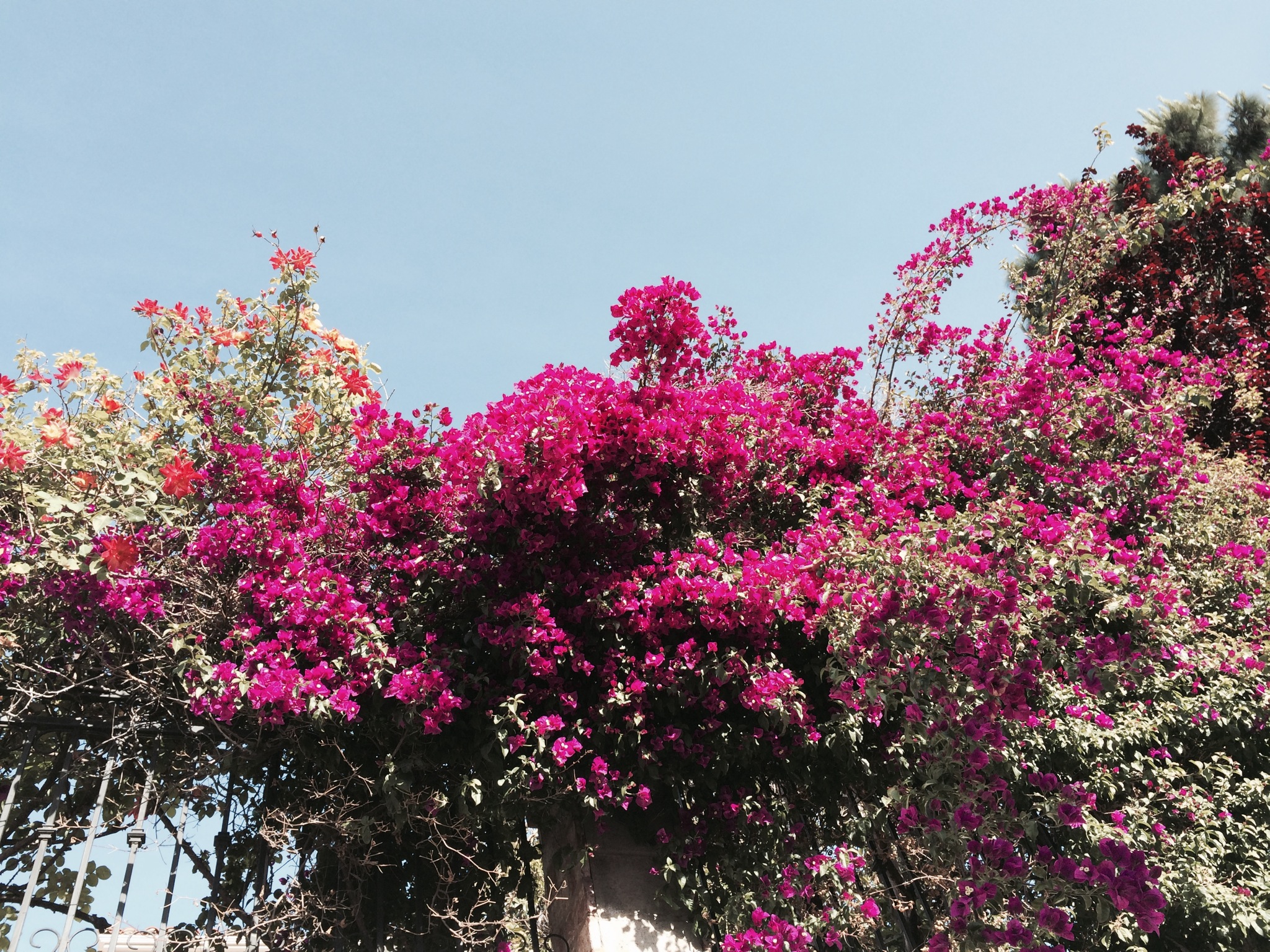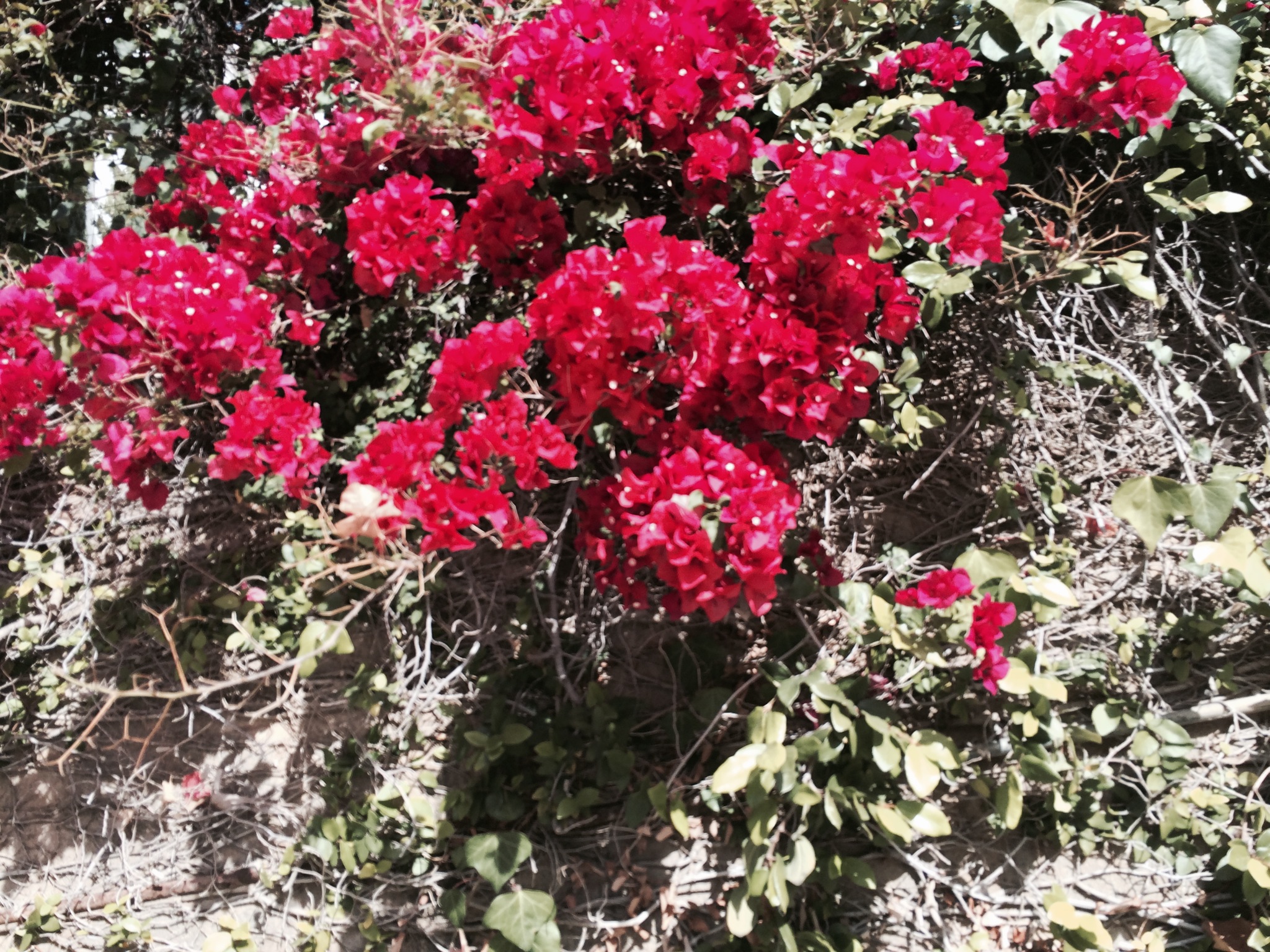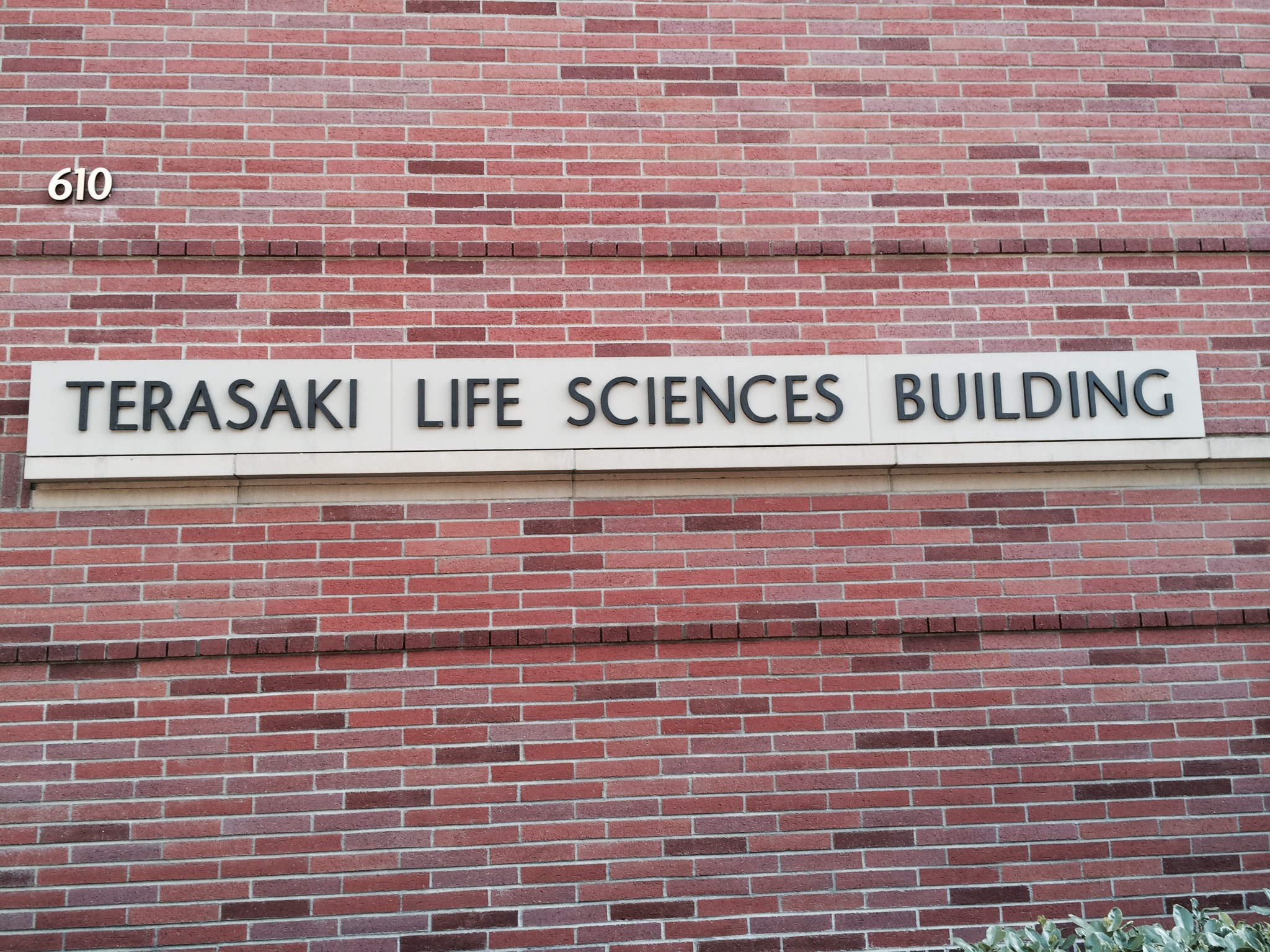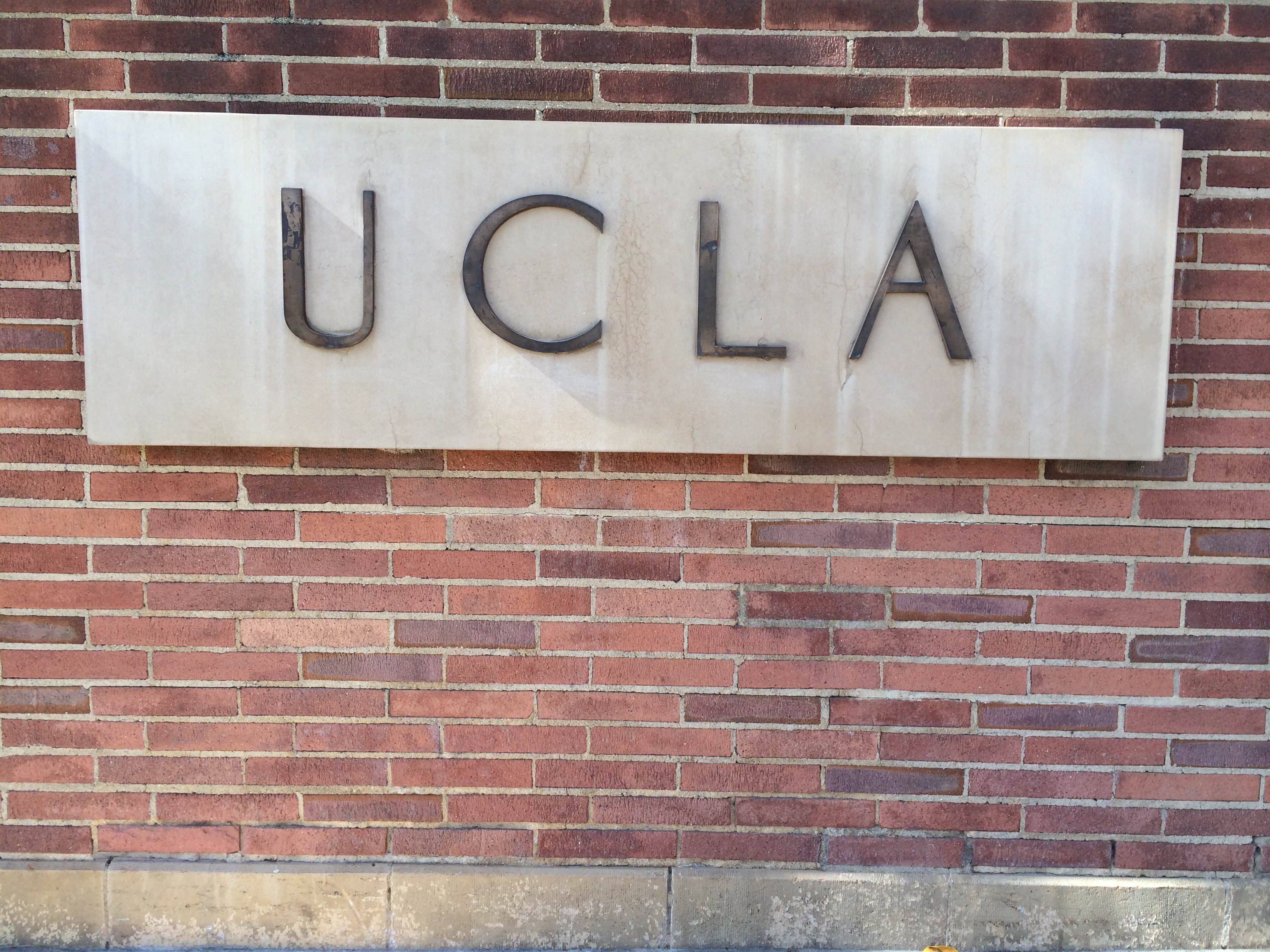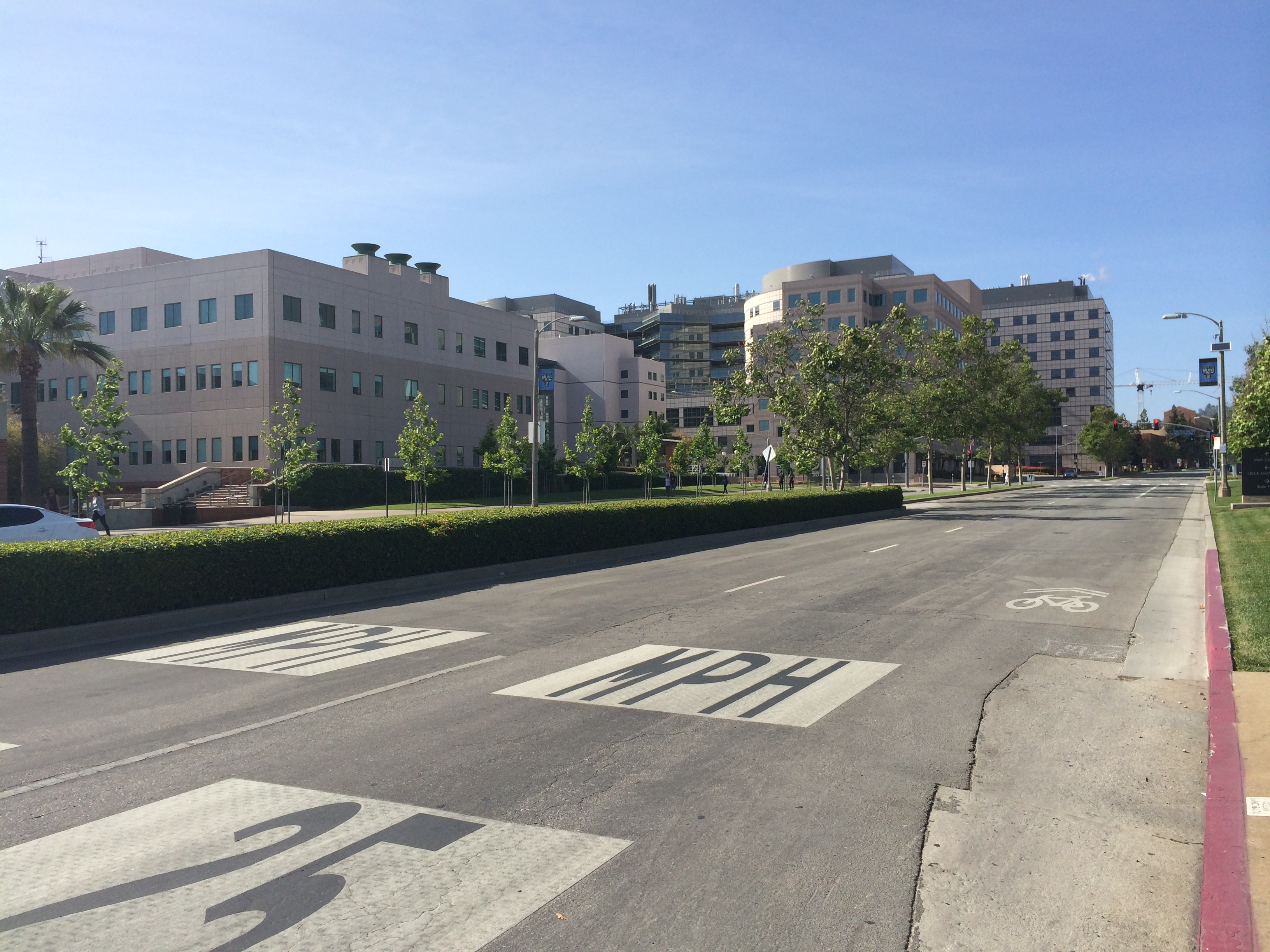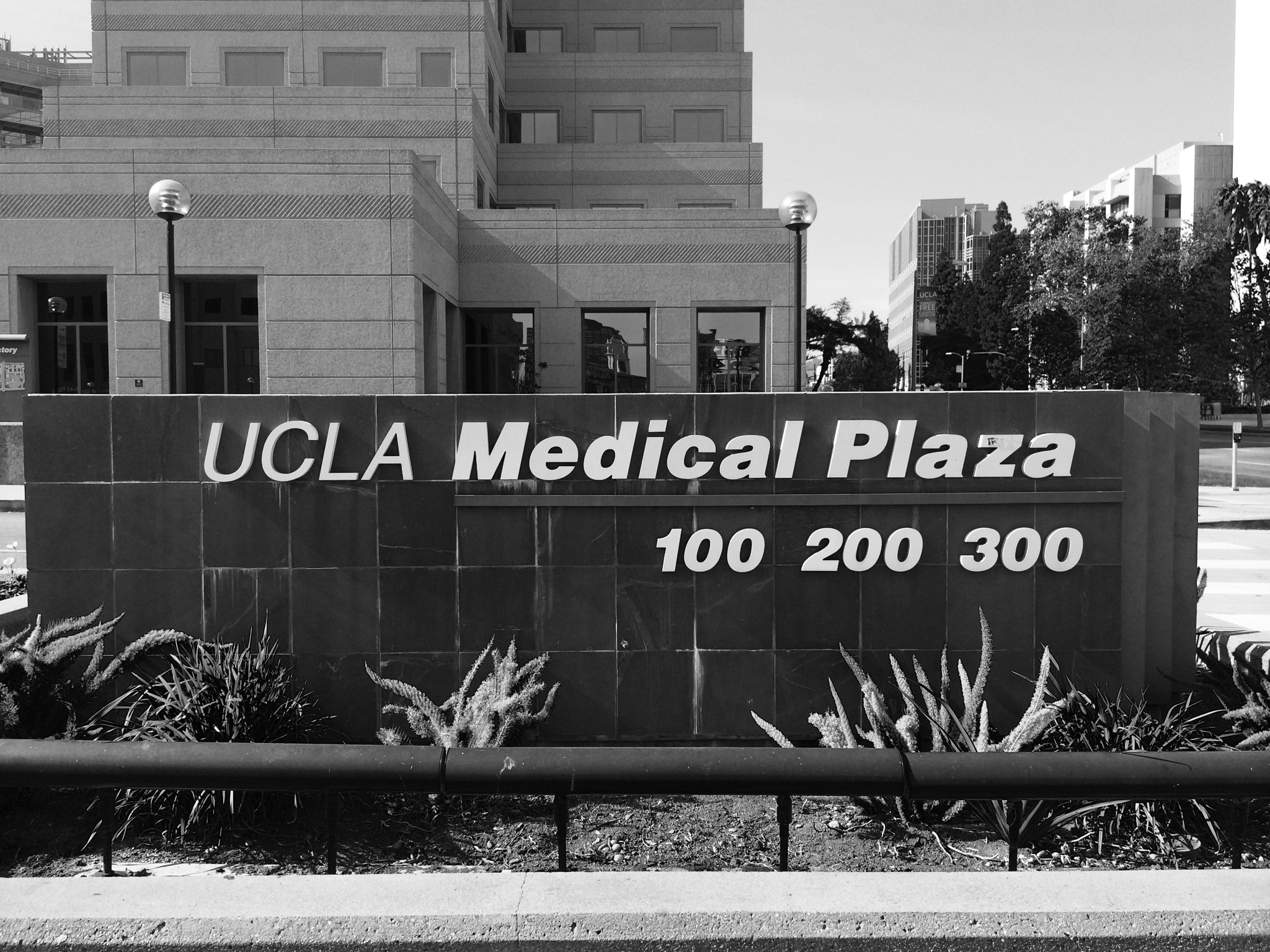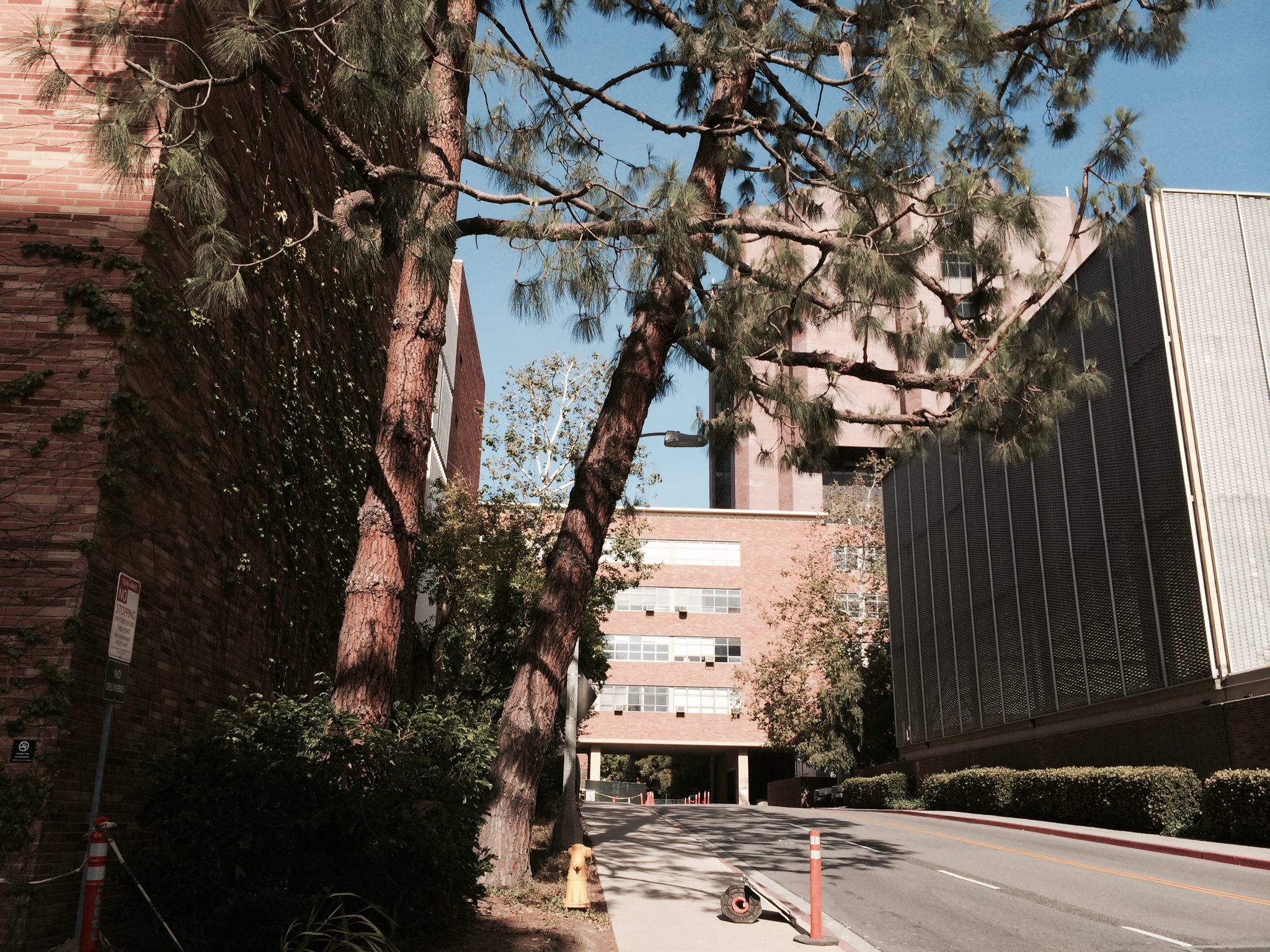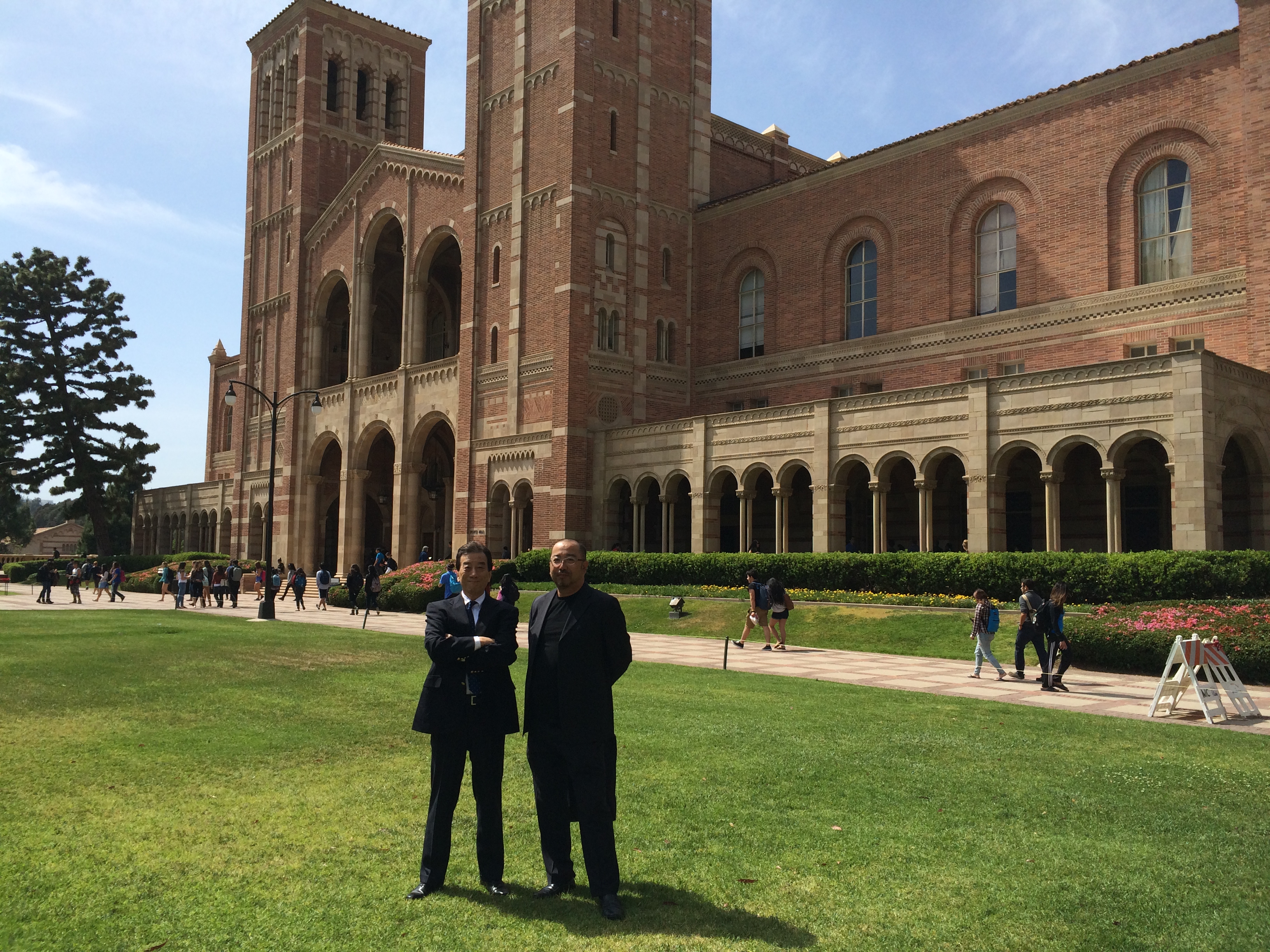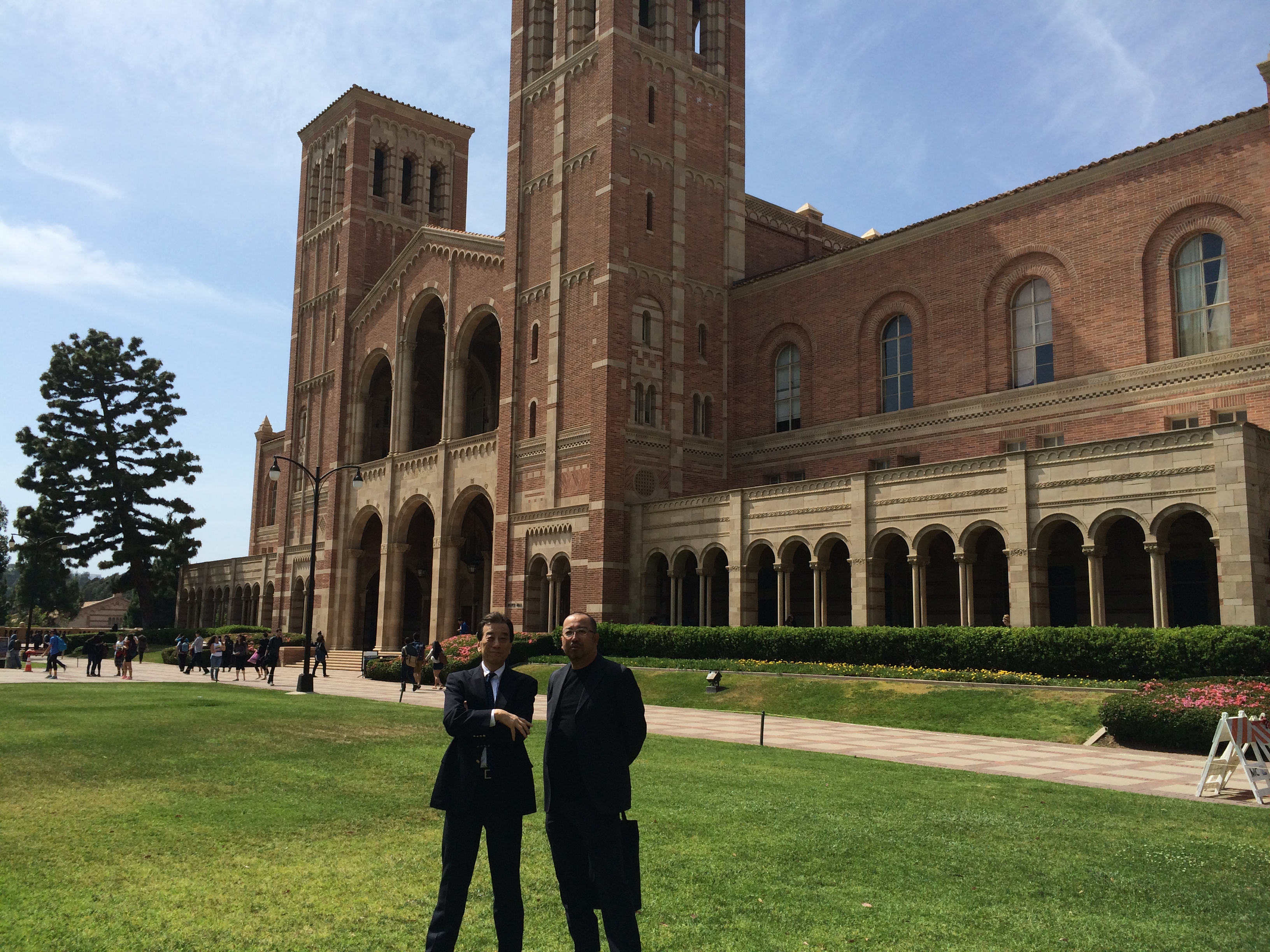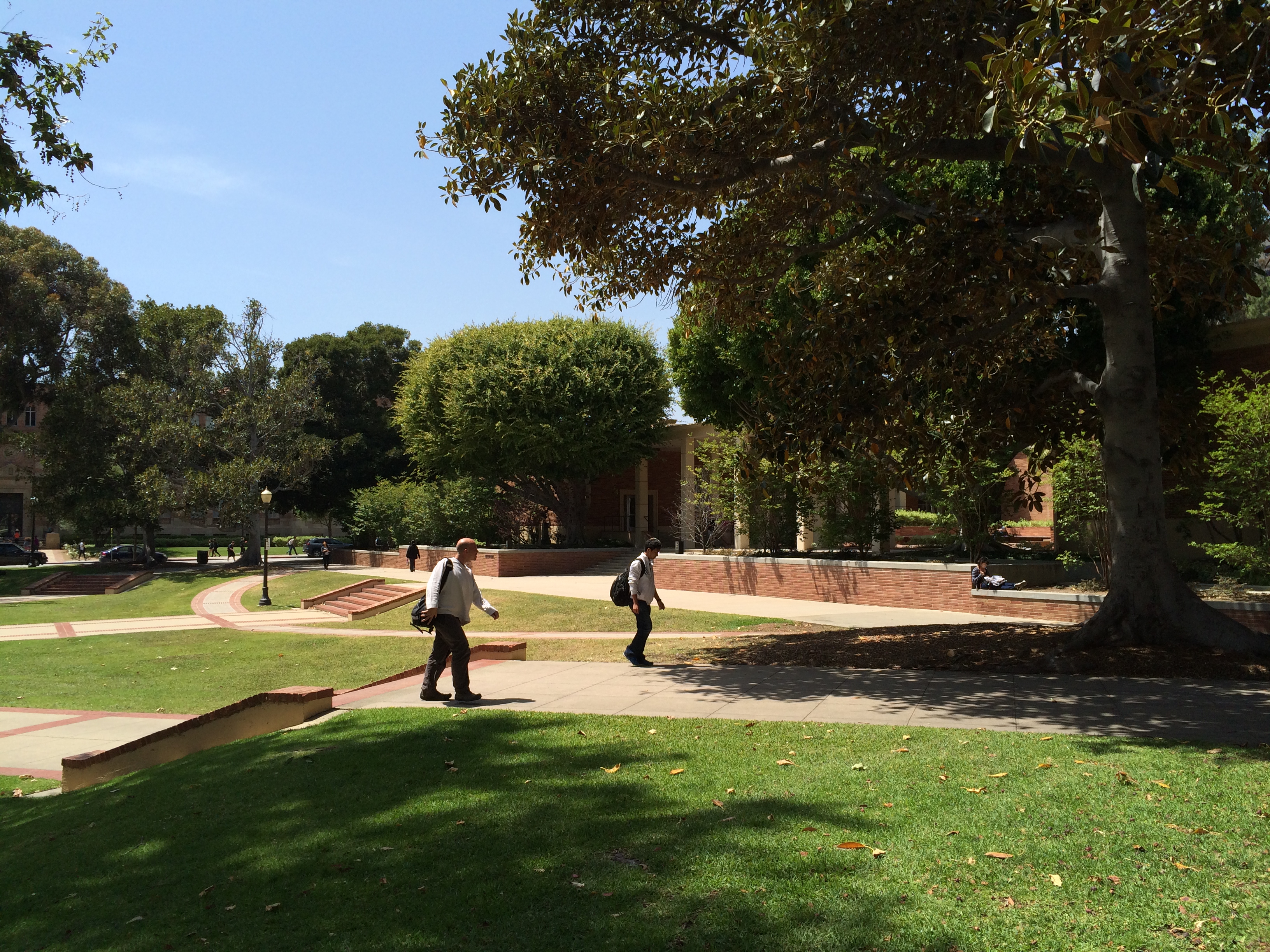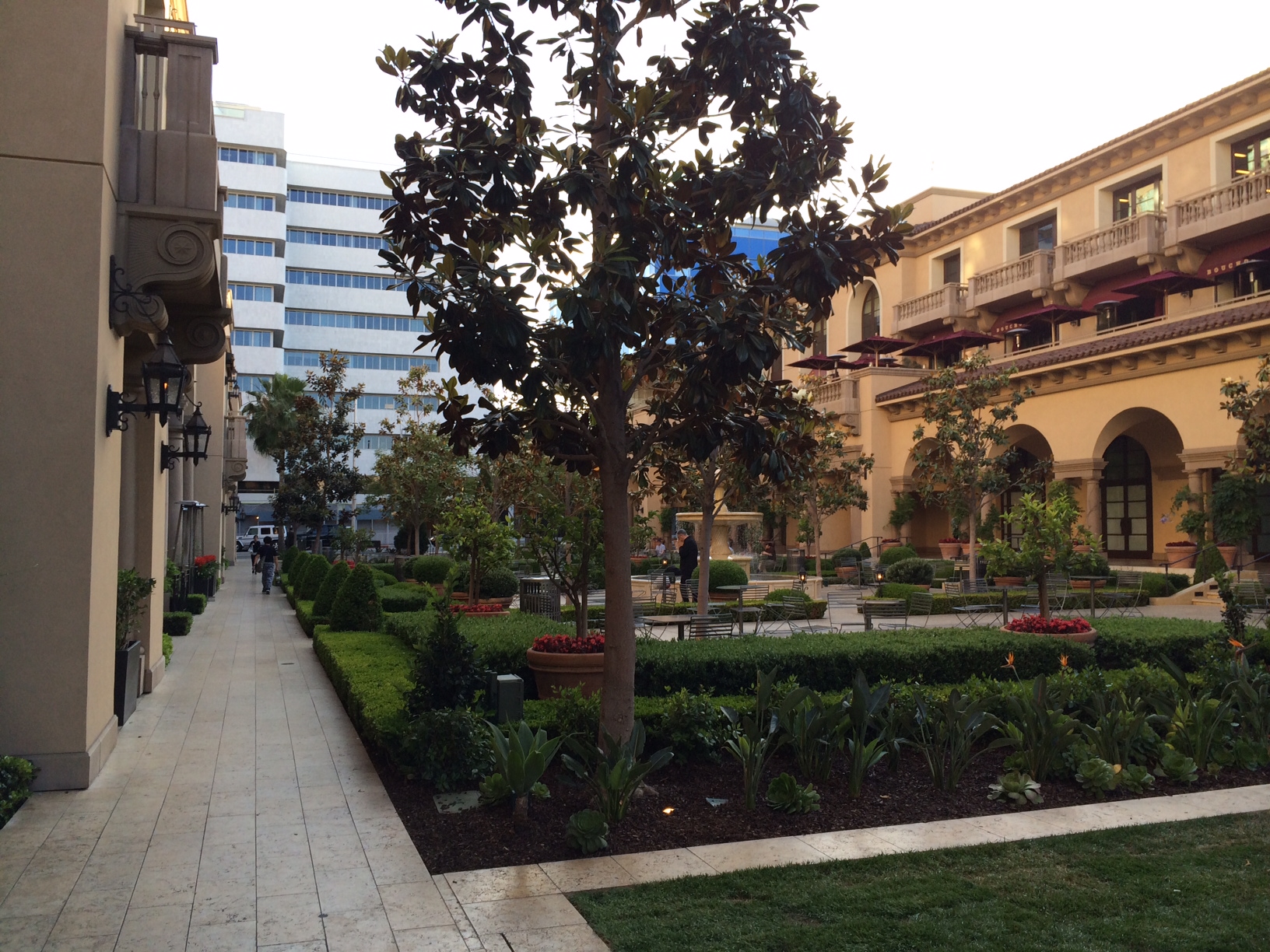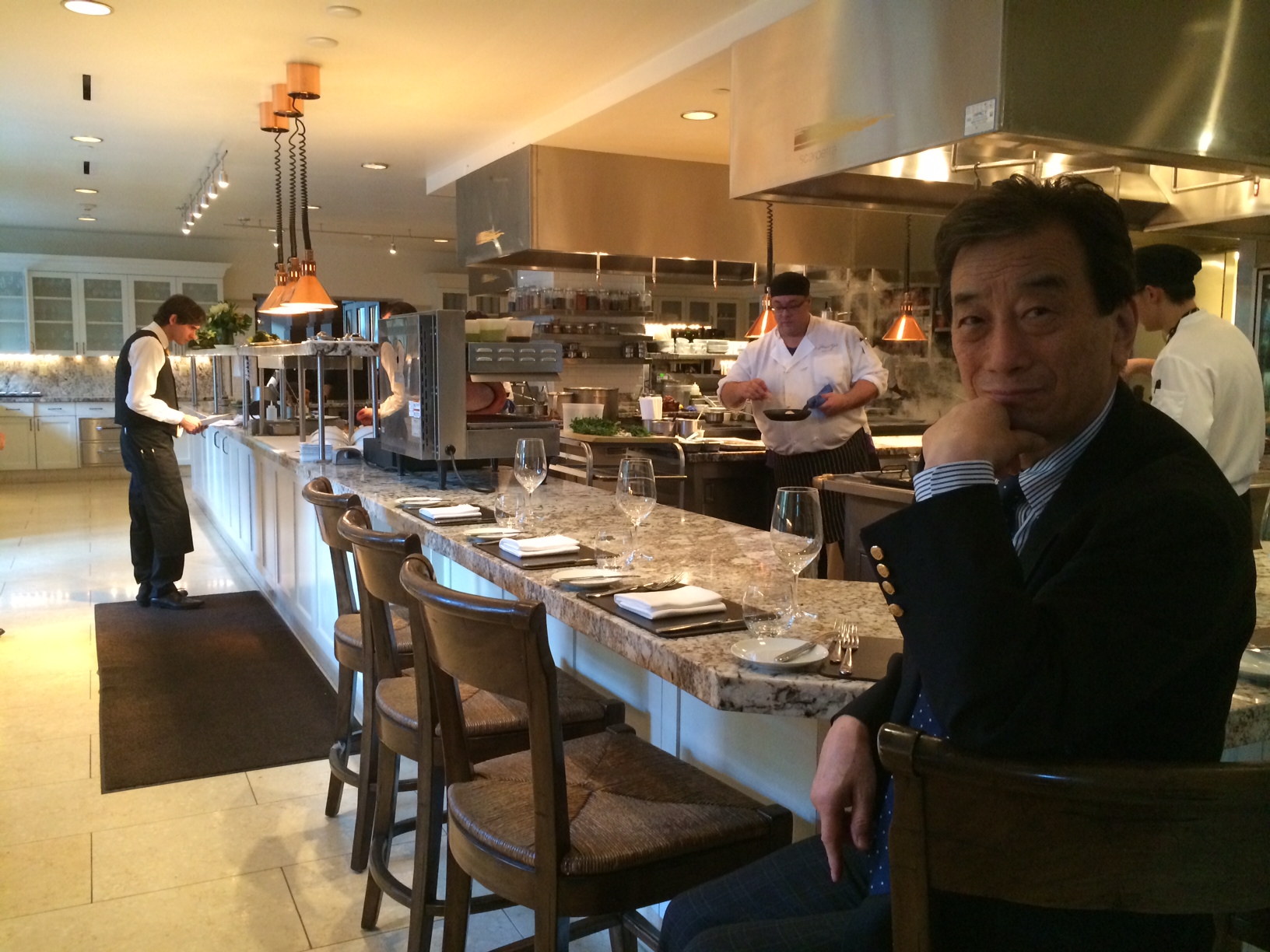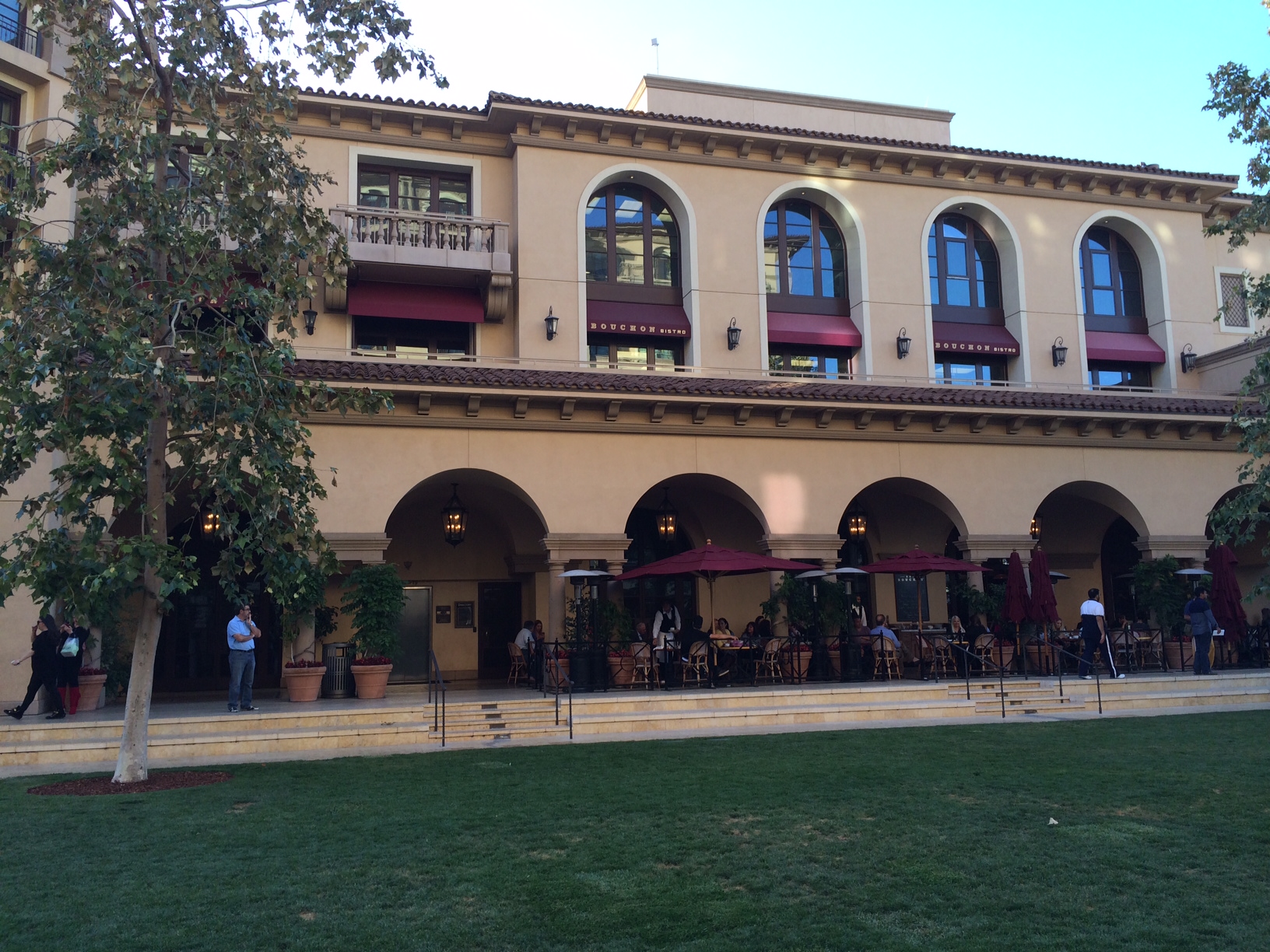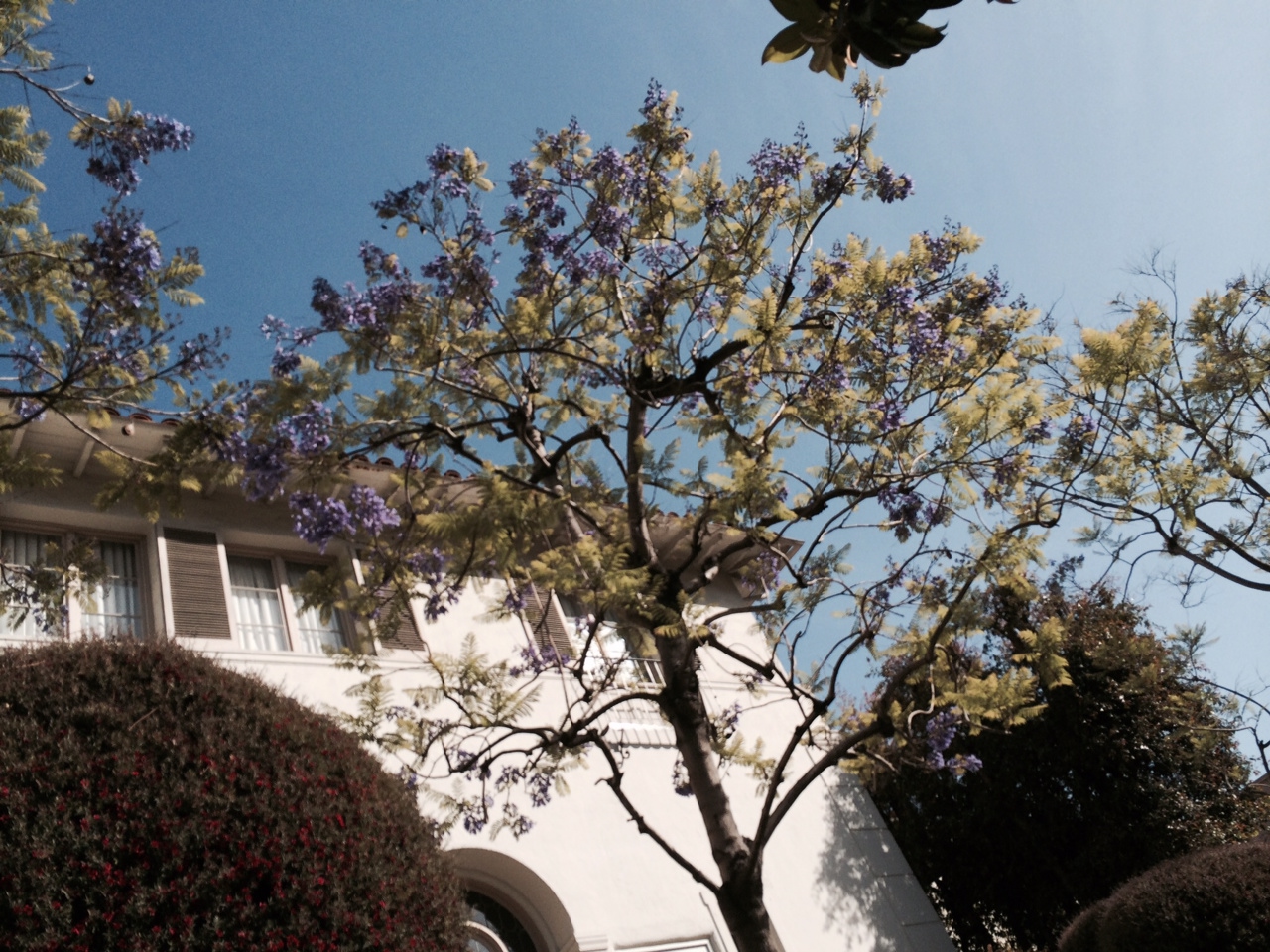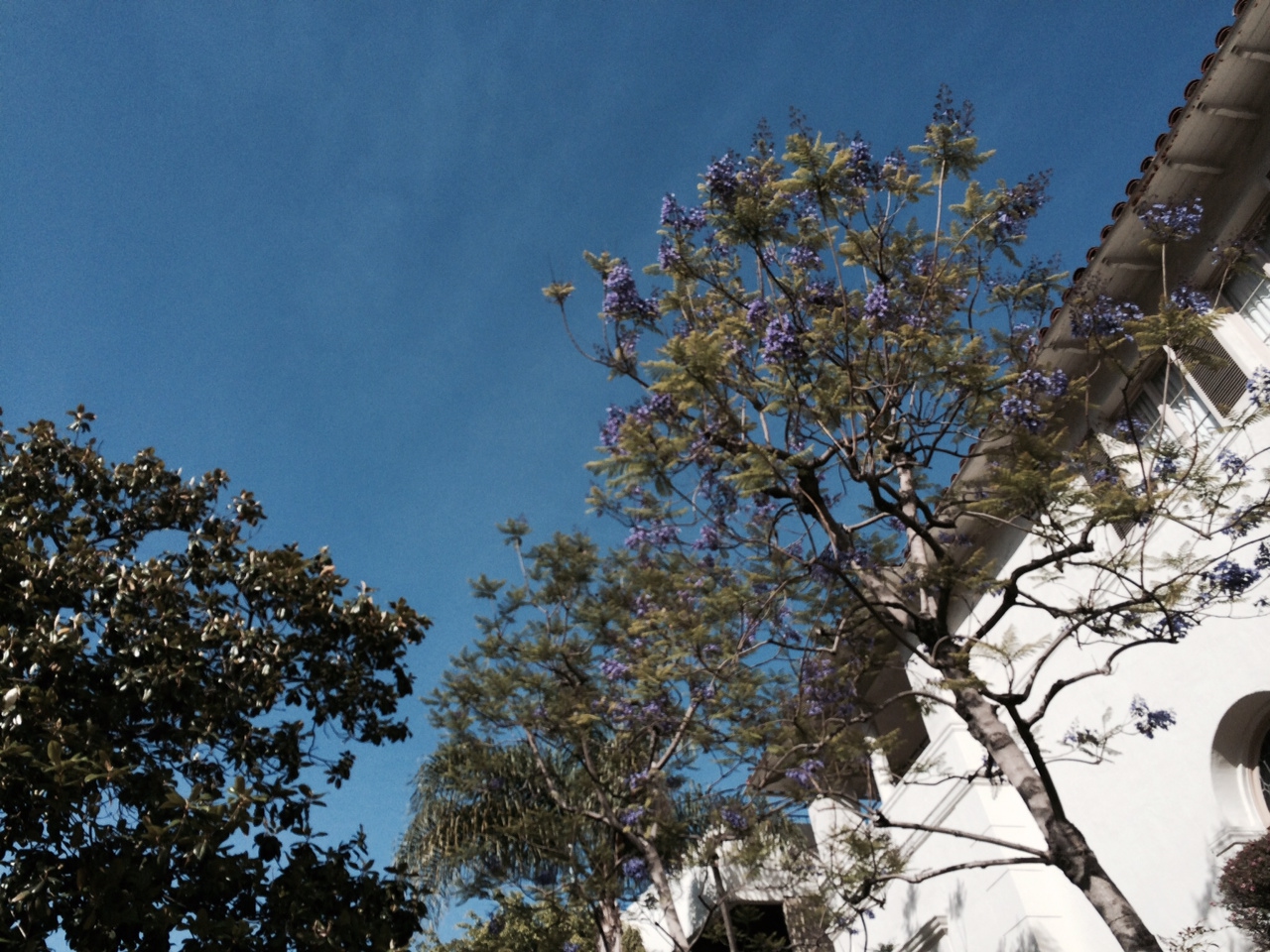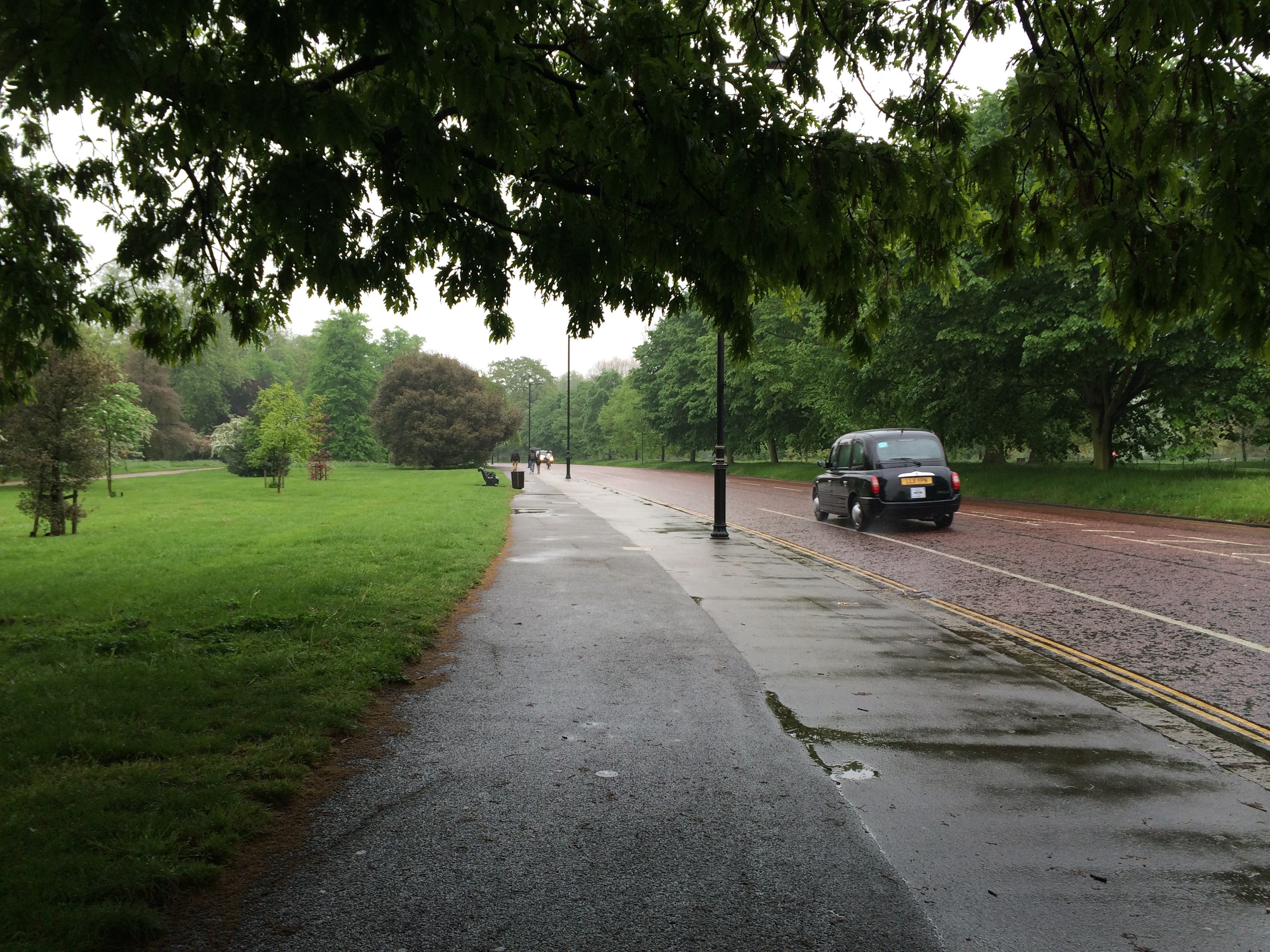This year was the 140th anniversary of the arrival of Dr. Bälz in Japan. He was a key medical doctor who helped usher in modern western medicine and laid the foundations for a medical education system in Japan, all those years ago.
And the 22nd of November, 1901, was the day a grand party was held to commemorate his 25th year in Japan.
Bälz makes reference to this special event in his diary (in Japanese), along with a poignant and important message (in Japanese) that is referenced even to this day.
Coincidentally, the Igakukai Shimbun, a weekly that is widely read by medical doctors and students in Japan, had an interesting article in its edition for the 21st of November (exactly 115th year of his speech). It was a conversation (in Japanese, pdf version) between Dr Ryozo Nagai, President of Jichi Medical University and an expert on Dr. Bälz; Dr Moritz Bälz, the great-grandson of Bälz’s younger brother, and myself. I say coincidental, because the concept of this conversation had been thought of nearly a year ago, and things started falling in place around spring, making it difficult to gauge when we would actually be finished. This makes it all the more special that it just happened to be on this day.
I would really like people who are involved in medicine, whether it be clinical medicine, general practitioners, medical researchers, or people involved in the wider sense of the term like care-givers and of course, aspiring medical students, to read this article. I have put it up here so that people can read it and reach me with any comments. I await!
Life is truly filled with inexplicable coincidences, such as my meeting with Mr. Bälz, or the date of publication of this article.
